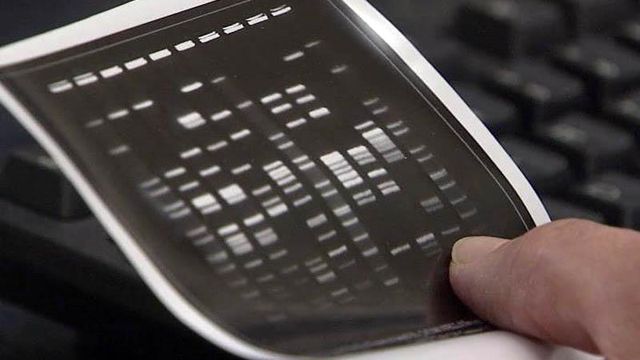State confirms two more cases in E. coli outbreak
Twenty-three of the 26 confirmed or suspected cases attended the recent North Carolina State Fair, which health officials said Friday is the "probable exposure for the outbreak."
Posted — UpdatedTwenty-three of the 26 people – half are children under age 18 – attended the recent North Carolina State Fair, which health officials said Friday is the "probable (source of) exposure for the outbreak."
Health officials plan to contact more fairgoers in the next phase of their investigation as they try to pinpoint the specific source of the infection. The state Department of Agriculture and Consumer Services, which oversees the State Fair, is assisting the Division of Public Health with the investigation.
Three young children remain in intensive care with kidney problems caused by the infection, and another child and an adult also have been hospitalized.
Wake County remains the center of the outbreak, with 14 of the 26 confirmed or suspected cases. Sampson County has six cases, while Durham, Orange, Franklin, Johnston, Wilson and Cleveland counties have one case each.
The Division of Public Health has asked hospitals, physicians and county health departments statewide to keep an eye out for patients with symptoms that would match an E. coli infection, such as diarrhea, cramping, fever, nausea and vomiting. Officials said they expect samples sent in from such cases to continue arriving at a state lab in Raleigh over the weekend.
Lab tests to confirm whether E. coli caused each person's illness will continue to be conducted over the weekend, but the results aren't expected back for several days.
State Epidemiologist Dr. Megan Davies said Thursday that there's no evidence to suggest that the source presents an ongoing threat. Still, some people could get sick in the coming days through exposure to someone else with the illness, she said.
E. coli is a potentially lethal form of food poisoning caused by bacteria found in animal feces, according to the state Department of Health and Human Services. People can become ill after coming in contact with animal feces or infected food or water. It can also be spread from person to person.
Outbreaks also are under investigation in Missouri, Michigan and Wisconsin.
DNA typing used to help pinpoint outbreak source
Seven years ago, a North Carolina State Fair petting zoo was linked to another E. coli outbreak that sickened more than 100 people.
Lab tests have determined that at least five of the current cases involve the same strain of E. coli as the 2004 petting zoo illnesses. Officials noted, however, that the strain also has been linked to outbreaks involving hamburger and cheese.
Davies said that, although almost all the people involved in the current outbreak attended this year's fair, officials haven't yet pinpointed a common activity that would help them zero in on the source of the E. coli infection. More than 300 vendors and nine exhibits with animals were at the fair on the opening weekend, when most of those infected attended.
Technicians at the state lab have been testing manure from the petting zoo and kiddie barn at the State Fair to compare its DNA to the samples from the E. coli victims.
Finding a potential source for comparison is critical to determine the exact cause of any E. coli outbreak, according to officials with bioMérieux. The French company, which has its U.S. headquarters in Durham, develops diagnostic equipment, software and reagents to trace infections.
"It's just like a crime scene investigation, if you don't have the fingerprint pattern of what you believe is the person (who) committed the crime. It's almost impossible to determine the source of the outbreak," said Douglas Matthews, senior marketing manager for bioMérieux.
Matthews said the company's products, which are sold to hospitals and labs, extract and amplify DNA samples to see whether strains of bacteria like E. coli come from the same source.
"You need to do strain typing to see if it’s the same strain because we have E. coli in our guts. It’s pretty ubiquitous," he said.
In 2004, state health officials used such DNA typing to trace that E. coli outbreak to the petting zoo.
"You take the samples. You get the fingerprint patterns, compare the fingerprint patterns, and if they match, of course, you have the source of your outbreak," Matthew said.
• Credits
Copyright 2024 by Capitol Broadcasting Company. All rights reserved. This material may not be published, broadcast, rewritten or redistributed.






